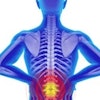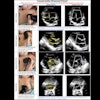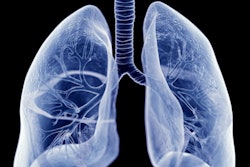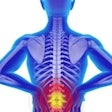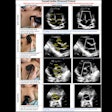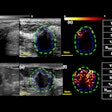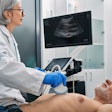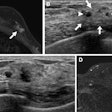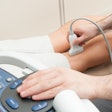A lung ultrasound training program may improve image acquisition skills for paramedics, according to a study published May 20 in Air Medical Journal.
A team led by Frances Russell, MD, from Indiana University in Indianapolis found that a training program led to most paramedics taking up lung ultrasound in the clinical setting and obtaining high-quality images.
“In this study, we found that after a short one-hour training session with novice paramedics, most paramedics completed and interpreted at least one lung ultrasound after the training, specificity was high, and this led to almost 65% of patients with acute heart failure with a positive lung ultrasound result being treated before arrival to the hospital,” the Russell team wrote.
With improvements in portable ultrasound’s image quality, there is a growing interest in the modality’s use in prehospital settings. This includes differentiating between different causes of dyspnea, including acute heart failure.
Previous studies suggest that lung ultrasound outperforms other methods for finding acute heart failure and can be quickly taught to novice users to perform and interpret images.
Russell and colleagues evaluated how implementing a lung ultrasound training program affected paramedic behavior. For the study, paramedics from a single agency completed one hour of training. This included a pre- and postintervention survey and test, 30 minutes of didactics, 30 minutes of hands-on scanning, and an independent objective-structured clinical evaluation. After that, they completed a ride-along with a lung ultrasound-trained physician.
Paramedics for the next 15 months independently performed and interpreted clinically indicated lung ultrasound exams on patients being transported for shortness of breath.
Of the 26 paramedics who took part in the course, 22 completed 109 lung ultrasound exams in the 15-month period. This included a median of two ultrasound exams performed per paramedic.
The study team reported that the sensitivity and specificity of paramedic-performed lung ultrasound for pulmonary edema were 73.8% and 91%, respectively.
Of the 31 true-positive findings included, 20 patients (64.5%) were treated with nitroglycerin, furosemide, or positive pressure ventilation. Another 11 patients, meanwhile, were not treated despite a positive lung ultrasound result. Finally, the median image quality on a 5-point scale was 4, including high quality.
The study authors highlighted that while lung ultrasound was only used during 13% of ambulance transports in their study, they wrote that this is “mainly a reflection on the lack of [ultrasound] equipment available during the study. They noted that lung ultrasound was not available for almost 60% of EMS runs for dyspnea during the study period.
“Furthermore, although lack of equipment does not fully account for low use by paramedics, there were many runs where [ultrasound] was available but simply not used,” the authors wrote.
The team called for more studies that address barriers and facilitators to lung ultrasound use by paramedics and how treatment should be started based on clinical picture and imaging findings.
The full study can be accessed here.


